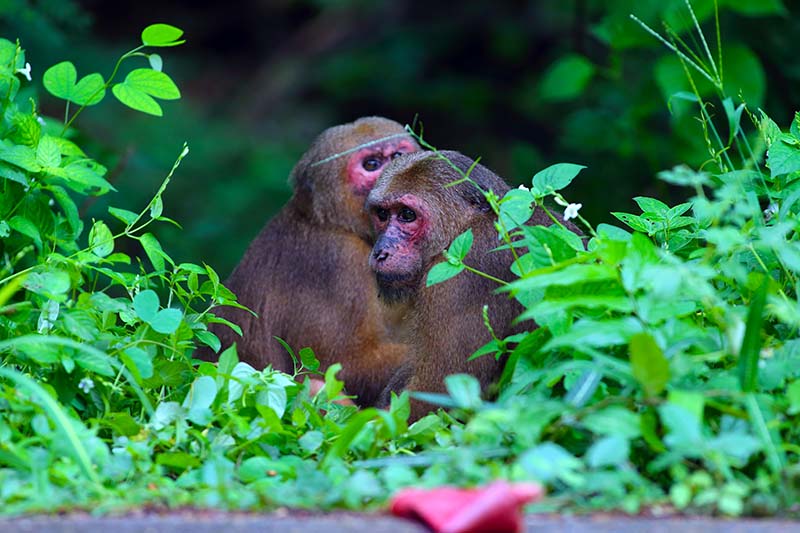
1-minute read
If you’re in need of some good news this week, we’re happy to oblige with a hopeful update from the Pacific Grove monarch butterfly sanctuary in Northern California. Since the 1980s, the number of monarchs west of the Rockies has dropped by an alarming 99%. In 2019, as reported by the Washington Post, there were zero sightings at the sanctuary. Zero. This year, observers counted 2,500 monarchs in the pollinator’s Pacific Grove migratory rest stop. That’s good news, indeed!
While the 2021 sightings aren’t a guarantee of more monarchs to come, taking action to make the planet more hospitable for butterflies by increasing pollinator habitat, reducing pesticide use, and combating climate change will improve the odds of long-term recovery. If you’d like to help ensure that monarch butterflies east or west are back to stay, here are some make-it-better organizations offering handy tools to enable you to lend a hand with monitoring and mapping the migration of the winged beauties across the United States:
And if you’d like to attract monarchs as well as other pollinators to your personal patch, we’re firm believers in the plant-it-and-they-will-come paradigm. You can find useful info on how to garden to increase biodiversity by cultivating habitats in your backyard, front yard, side yard, or window box here. Because whatever else is going on in the world, and something’s always going on, it’s better with butterflies. Just ask our in-house butterfly gardeners, Frankie and Peaches.
To encourage budding young pollinator gardeners in your school or neighborhood, you can order milkweed seeds from Save Our Monarchs to hand out as a special butterfly-saving treat this spooky season and year-round. Wishing you a happily hair-raising Halloween!




































































